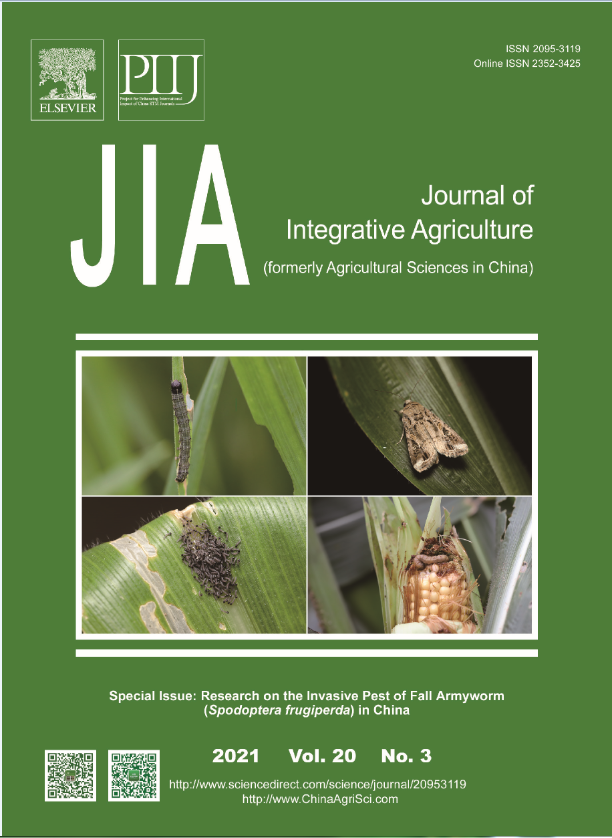Fall armyworm has invaded China and colonized its populations in tropical and sub-tropical regions of South China since December 2018. Chemical spray has been widely used to control the pest, which shall lead to resistance evolution. In this research, we collected five populations of the pest from Yunnan, Hainan, Tibet, and Fujian of China, and tested their susceptibilities to pyrethroid, organophosphorus, oxadiazine, diamide, antibiotics and other types of insecticides (14 insecticides totally) in the laboratory. Based on the susceptible baseline published from the previous studies, the resistance ratio was 615–1 068-fold to chlorpyrifos, 60–388-fold to spinosad, 26–317-fold to lambda-cyhalothrin, 13–29-fold to malathion, 9–33-fold to fenvalerate, 8–20-fold to deltamethrin, 3–8-fold to emamectin benzoate and 1–2-fold to chlorantraniliprole, respectively. The median lethal concentration (LC50) of other six insecticides without the susceptible baselines was 148.27–220.96 µg mL–1 for beta-cypermethrin, 87.03–128.43 µg mL–1 for chlorfenapyr, 16.35–99.67 µg mL–1 for indoxacarb, 10.55–51.01 µg mL–1 for phoxim, 7.08–8.78 µg mL–1 for M-EBI (the mixed insecticide of emamectin benzoate and indoxcarb) and 1.49–4.64 µg mL–1 for cyantraniliprole. This study can be helpful for chemical control as well as for resistance monitoring and management of the pest in China.
